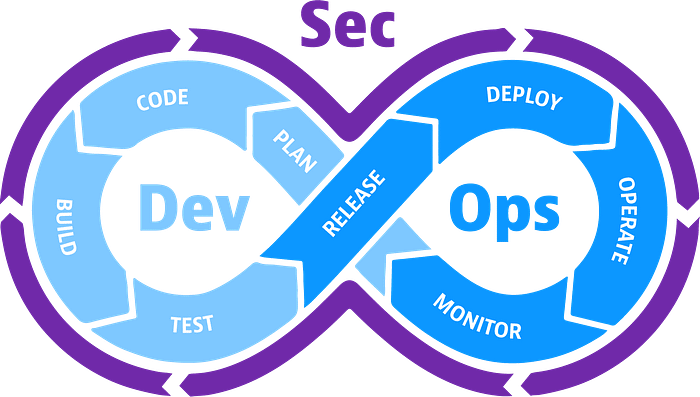
Introduction:
In today’s rapidly evolving digital landscape, where security threats are ever-present, it’s crucial for organizations to embrace a holistic approach that combines development, operations, and security. I recently completed the “DevOps Foundations: DevSecOps” course, which has deepened my understanding of DevSecOps principles and provided me with invaluable insights into integrating security seamlessly into the development pipeline. In this blog, I’ll share my key takeaways and explore the significance of DevSecOps in driving secure and agile software development.
1. DevOps Basics:
Before diving into DevSecOps, let’s establish a solid foundation by revisiting the core tenets of DevOps. Understanding the collaborative and iterative nature of DevOps sets the stage for incorporating security seamlessly into the process.
2. Getting Started with DevSecOps:
In this section, I’ll explore the fundamental building blocks of DevSecOps. From cloud and APIs to finding the right toolset, we’ll discuss how each element contributes to a robust and secure development environment. I’ll also delve into essential concepts like continuous integration and delivery, containers, securing infrastructure as code, and the concept of security as code.
3. Application Security in DevSecOps:
Securing applications is paramount in today’s threat landscape. I’ll shed light on best practices for integrating application security within the DevSecOps framework. From code analysis to vulnerability scanning and penetration testing, we’ll explore the crucial steps to fortify applications against potential threats.
4. Leveraging Existing Processes:
DevSecOps is not about reinventing the wheel but rather building upon existing processes. I’ll discuss strategies to leverage your organization’s existing practices and how to adapt them to embrace a security-first mindset. This approach ensures a smooth transition towards a DevSecOps culture without disrupting ongoing operations.
5. The Ops in DevSecOps:
DevSecOps emphasizes collaboration between development, operations, and security teams. In this section, I’ll highlight the significance of fostering a cohesive and communicative environment to address security concerns throughout the software development lifecycle. We’ll explore how shared responsibilities and a feedback-driven culture contribute to stronger security postures.
6. Continuous Improvement and Feedback:
Continuous improvement lies at the heart of DevSecOps. By incorporating feedback loops and leveraging metrics, organizations can enhance security practices, identify vulnerabilities, and iterate on their DevSecOps processes. I’ll discuss the importance of continuous improvement and how it drives better security outcomes.
Conclusion:
As I conclude my DevSecOps journey, I can confidently say that this course has equipped me with the knowledge and skills to advocate for a security-focused culture in software development. Embracing DevSecOps principles not only safeguards organizations against emerging threats but also accelerates delivery, fosters collaboration, and enhances overall software quality. By implementing the insights gained from this course, organizations can embark on a transformative journey towards secure and agile software development.
Join me on this exciting path towards unlocking the power of DevSecOps and fortifying the future of software development!


No comments:
Post a Comment